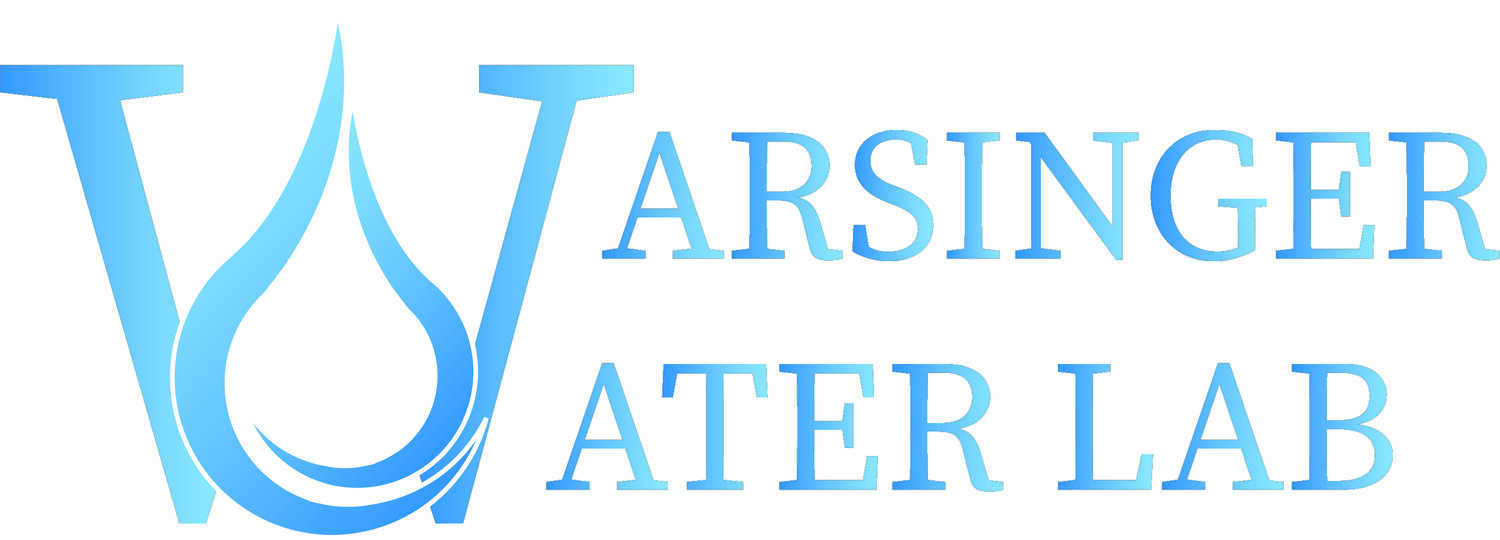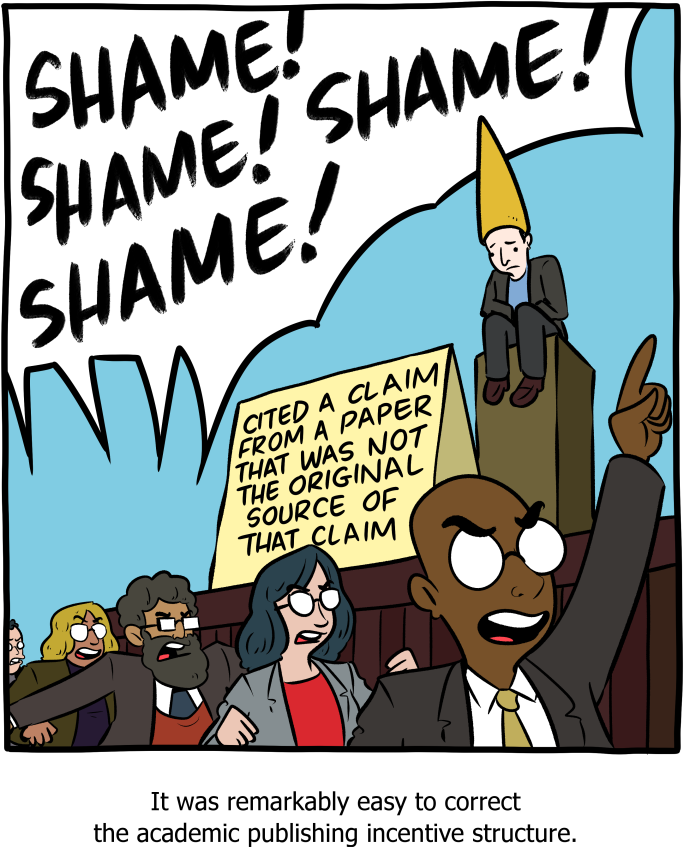Choosing appropriate references is a crucial and often neglected skill. Yet it is important for honesty, publishing in higher impact journals, and sharing your work. While many guides exist on this, most are written to a very basic audience, so here I describe referencing for a graduate-student, with guiding principles
Honesty: Academia depends on acknowledging prior work to clarify your own contributions. Omission of references for claims can quickly cross the line into plagiarism. You don’t want your paper retracted or a 5-year ban from journals, cite the most similar prior work! Credit other authors!
Persuasion: References provide confidence in the paper’s assumptions, claims, purported literature gaps, and validity of the methods chosen. Thus, references should comprehensively support controversial claims, claims of novelty, and validation sections.
Utility: References are used by the editors to select reviewers. Other authors will get notifications (e.g. automated on google scholar) about papers that cite their work. Some journals want to see citations to their own journal, which while self-serving, does indicate that the subject is of a relevant field. Citations also increase the visibility of other papers in search engines. The publication years of citations indicates how thoroughly the authors looked at the literature in identifying gaps. Therefore, it is more useful to cite the newest works of many active authors in the field! Making lists of key authors and papers to cite is recommended (and should include those from suggested reviewers!).
Source: SMBC
Original/Primary sources: Most statements should cite the originator of an idea, such as an original theorem, the invention of an analytical technique, the invention of a technology, the first instance of a non-dimensional number, etc. Too often, writers reference reviews, aka “secondary sources,” leaving it a scavenger hunt for the reader to understand a claim. Finding original sources is easy on google scholar: search by date (custom range) and select early years until only one a few papers shows up. Check their reference sections to ensure there is nothing earlier. Other helpful search cues include using quotations “” around key terms, and using “intitle:” to search for words in the titles of papers.
Acceptable references: Ideally, peer-reviewed journal papers make up most references. Government or policy reports are good for statements where a body as made comparisons (e.g. between technologies, identifying relative health risks, etc). Patents and presentations are especially relevant when citing the origin of technologies. Textbooks and book chapters may be good references for equation sections, especially when they explain the concepts well.
Self-referencing: Because self-referencing can be motivated by helping one’s own citation stats, doing so must be done precisely to maintain integrity. Such references should be reserved for discussing the most prior relevant work, especially in the introduction where major contributions are introduced. This referencing is also relevant when describing the very latest work, which can also help address the problem that search engines often hide minimally cited work, which suppresses new papers. Generally, more than 10-15% of references being self-references is considered excessive.
Avoiding Bias: Common referencing biases include citing work from the same country or demographics, citing only work that agrees with the author on topics without community consensus, bias towards positive results, and bias towards famous authors.
Further reading: The above discussion focused on selecting reference, neglecting referencing basics like how to cite, where to place citations, selecting the most relevant reference, etc. See links below for more:
https://www.researchgate.net/publication/296695162_Enhance_the_Value_of_a_Research_Paper_Choosing_the_Right_References_and_Writing_them_Accurately




